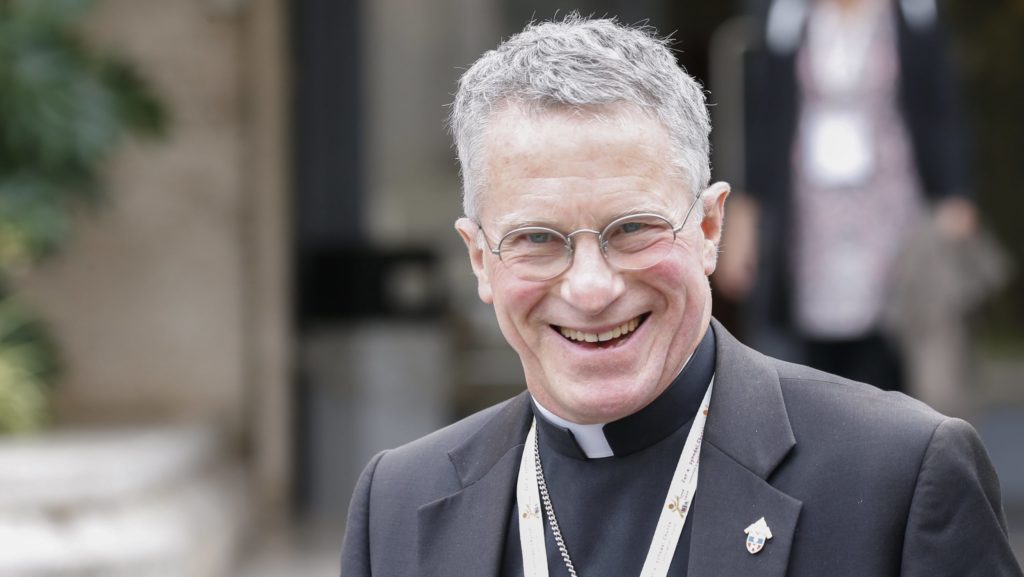Given the low level of participation by American Catholics in the process leading up to the Synod of Bishops on Synodality, the leader of the U.S. bishops says that efforts to involve a greater share of the laity in the next stage, dubbed the “implementation phase,” will be crucial to success or failure.
“Striking was that less than 1 percent of the Catholics in the United States participated in the various moments of the synod process, and I know in other developed countries the percentage was similar, so I think if we’re going to make this a reality we’re going to have to work very hard to involve people in it,” Archbishop Timothy Broglio told Crux.
“Like most things, you have to keep inviting, and you also have to keep trying to find ways to involve people in the decision-making process,” he explained. “Sometimes that requires a lot of effort, but I think the effort is very, very worthwhile.”
Broglio, who is the archbishop of the Archdiocese of Military Services, USA, and the president of the United States Conference of Catholic Bishops, spoke with Crux on Oct. 30 after returning from the second and final session of the synod that took place Oct. 2-27.
About 700,000 of an estimated 66.8 million American Catholics – roughly one percent – participated in the early phases of the process, according to the national synthesis document published by the United States Conference of Catholic Bishops last year.
Broglio said the second synod gathering was a more “tranquil atmosphere” than the first because everyone involved was more familiar with the methodology. He also noted that the days were very long, and by the end of each “you could see people were drained.”
As for takeaways, Broglio said the biggest is the manner of governance – one that involves everyone in the decision-making process – that the synod wants to make the norm in the global Church, at least for those who want to participate.
Specifically in the United States, he emphasized the importance of the role of bishops in inviting the faithful to participate, and the effort that needs to go into it. One thing that will be important, he noted, is for bishops to continue to hold diocesan synods.
“There was a feeling that there should be a certain regularity to [diocesan synod] gatherings,” Broglio said. “So perhaps that would be a way to invite people to participate more directly in the life of the Church, and especially in the notion of decision making and walking together.”
Asked about the buy-in of American bishops in the synod process, Broglio said that, like all things, “There is always room for more, and always room for improvement.”
“I think, though, there has been a genuine attempt to participate in the synodal process, and it’s one of those things that you learn a little bit by doing. I think as time moves forward there will be growth in that area, and that’s important, and I think the conference at the very least should be a resource that will help bishops as they try to develop some of these skills, and as they try to implement some of the conclusions of the synod in their diocese,” Broglio said.
In the spirit of synodality, Broglio also said there is “room for change” at the USCCB. He cited changes of recent years – less time in formal sessions, and more time allotted for private, small group sessions – could become even more commonplace.
“The bishops have found that very, very helpful,” he said.
Unrelated to the synod, Broglio said that while in Rome the topic of the relationship between the United States and Vatican didn’t come up. He said he met with a couple of dicastery heads, who gave him a “very, very cordial” reception, and had a “great deal of openness” in trying to respond to questions that were raised.
In general, he said the relationship between the United States and the Vatican is “very good.”
“The Church in the United States has always tried to be very faithful to the Holy See, and I don’t think that has changed. I think, if anything, the dialogue has become more cordial,” Broglio said. “I have found the relationship very good.”

